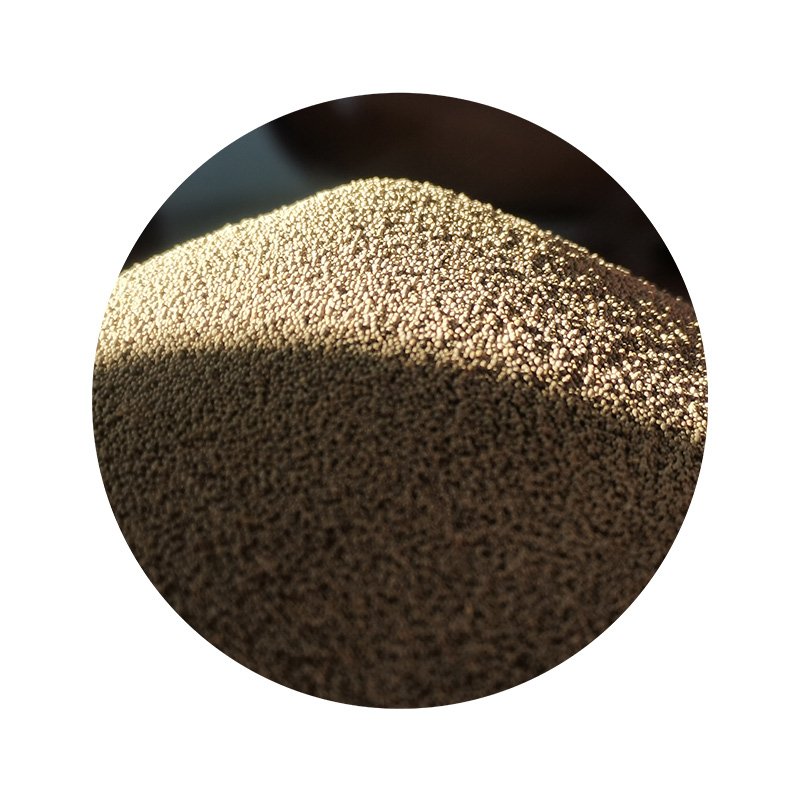Sanding 3D Printed Parts A Comprehensive Guide
As 3D printing technology continues to advance, the quest for achieving high-quality finishes on printed parts has become increasingly important. One of the critical post-processing techniques used to enhance the appearance and texture of 3D printed objects is sanding. This article will delve into the significance of sanding in the realm of 3D printing, the techniques involved, and tips to achieve the best results.
The Importance of Sanding in 3D Printing
3D printed items often have a characteristic layer line finish due to the additive nature of the printing process. These visible lines can detract from the aesthetic appeal and mechanical properties of the final product, particularly for functional prototypes or consumer products. Sanding serves to smooth out these imperfections, thereby improving the overall look and feel of the part.
Moreover, sanding can enhance the adhesion of paints and coatings. By creating a rougher surface through the sanding process, one can ensure better mechanical bonding when paint is applied, leading to a more durable finish. For these reasons, mastering the art of sanding is essential for anyone looking to elevate their 3D printed creations.
Techniques and Tools for Sanding
Sanding 3D printed parts is not merely a matter of grabbing sandpaper; it involves understanding the nuances of different materials and choosing the right tools for the job. Here are some commonly used techniques and tools for effective sanding
1. Choosing the Right Sandpaper The grit of the sandpaper plays a crucial role in the sanding process. For initial sanding, coarser grits (around 100-200 grit) are ideal for removing significant layer lines. Once the part is smooth, transitioning to finer grits (400-600 grit) helps achieve a smooth finish. Ultimately, for a polished look, sanding up to 2000 grit or higher may be necessary.
2. Wet vs. Dry Sanding Wet sanding involves using water or a lubricant while sanding, which helps reduce dust and can lead to a smoother finish. This method is particularly effective for plastic materials, as it can significantly reduce the risk of melting the surface due to heat generated from friction.
sanding 3d printed

3. Sanding Tools In addition to hand sanding, which is often necessary for detailed areas, power tools like rotary sanders can speed up the process for larger, flat surfaces. However, caution is needed, as power tools can easily remove too much material or create uneven surfaces if not used carefully.
4. Sanding Sponge or Blocks These tools provide better control and can conform to the contours of the printed part, making them ideal for curved surfaces. They are particularly effective for achieving an even finish across irregular shapes.
Tips for Effective Sanding
- Go Slow and Check Progress It’s essential to take your time when sanding. Frequently check your progress to ensure you don’t over-sand, which can lead to irreversible damage.
- Use a Dust Mask Sanding can produce a significant amount of dust, especially with materials like PLA or ABS. Wearing a dust mask can help prevent inhalation of harmful particles.
- Finish with Polishing After sanding, consider applying a polishing compound or a clear coat to enhance the finish further. Polishing helps bring out a shine and can provide additional protection for the surface.
- Test on Scrap Material If you are new to sanding or working with a new material, practicing on scrap pieces can help you determine the best approach without risking your primary print.
Conclusion
Sanding is an essential post-processing technique that can dramatically improve the quality of 3D printed parts. By understanding the right techniques, tools, and tips for effective sanding, creators can transform their 3D prints from basic prototypes into polished and professional-looking finished products. Embracing this skill not only enhances the visual appeal but also elevates the functionality of the printed objects, making it a vital component in the world of 3D printing.
Post time:ਨਵੰ. . 11, 2024 20:38
Next:resin coated frac sand
